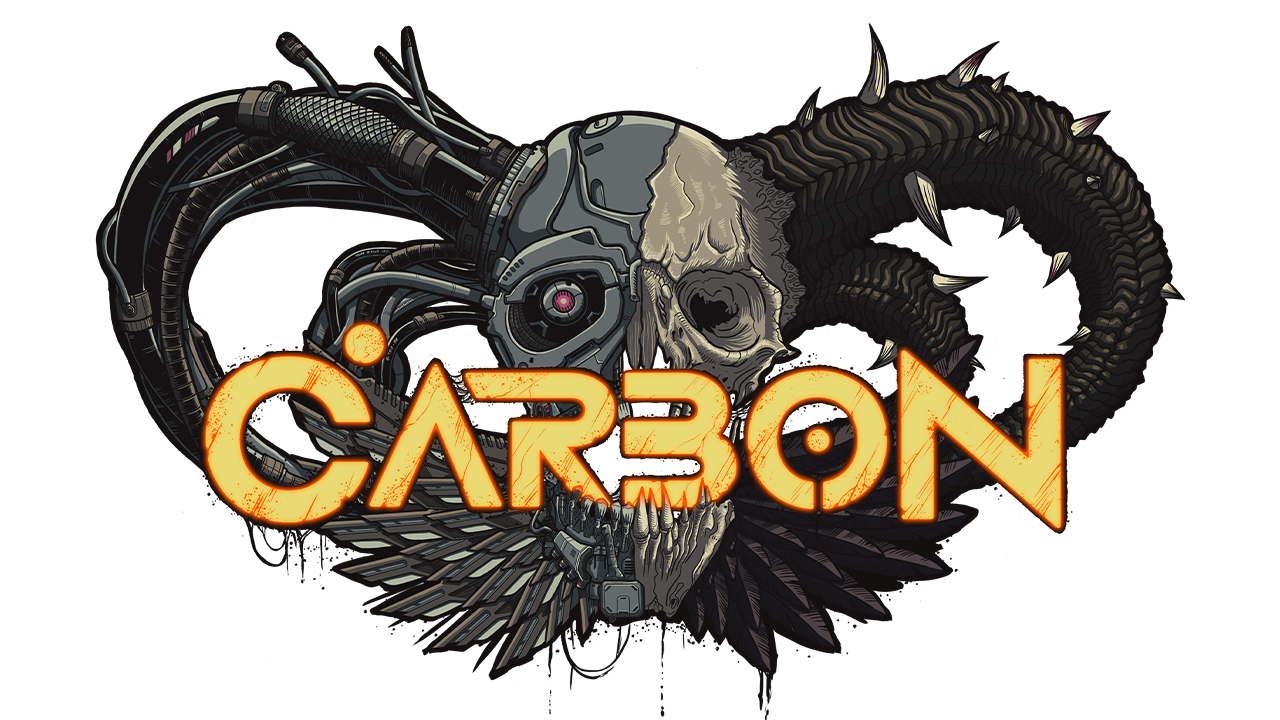Weekly Dev Diary #5 - character rigging, bones and ragdoll
Howdy,
my name is Fade, and I am the animator working on all the nice stuff our character artist Lobo throws my way.
I will try to give you some basic insight in to the world of game animation and process of making DEICIDES.
BONES & RIGGING
Once the character mesh landed on my computer, I usually start working on the character rig, where I try to keep the bones count to the minimum. It helps keeping the animation data on the lower side.
We will share rig and skeleton in between same bodytypes. This will cut the production cost significantly with no impact on final quality. Agility BIO, NORMAL and TECH will share same skeleton and rig, so this will give us freedom with usage of similar animations across one bodytype.
In the first iteration I’ve used simple rig for the hands, using just 9 bones, as the character will take rather small area on the screen while playing the game, and so the lower detail can be justified.
However when I started to animate the character, I needed more finger flexibility to create better hand grip poses. And so I’ve added one more finger per hand to the rig, which increased the bones number by small amount( +6 bones for both hands).
When there’ll be need to show high poly characters on the screen doing complicated hand gestures, I’ll just add all fingers and quickly re-skin the mesh, but at this stage, all seems to work nicely.
Right after the rig is finished, the next step is to create skinning.
You can use all the advanced skinning tools algorithms you have, but at the end, you’ll need to start manually fine tuning the skinning.
Depending on the character, I usually start tweaking the skinning from outside and work myself to the core of the character body( fingers> hand >arm >shoulder; jaw>head>neck…).
Our current vertex skinning is affected by max 3 bones.
RAGDOLL SETUP
Once the character is exported to Unreal Engine, one of the things I wanted to setup first was the ragdoll.
While the default setting are ok, there were plenty of issues. First, I had to change the rotation limits for each limb constraint.
So, I started with the knees and elbow joints, and then the rest of the constraints.
Before the change the ragdoll was working, it felt just a bit unrealistic.
After the limits were setup, it still felt a bit lightweight, and so the next step was to increase the mass of some capsules. Like hips, and all the limbs end capsules, where I’ve added a bit more mass, than it was assigned by default.
After this the character felt much more like a human body.
Just a quick tip, in Unreal Engine while testing ragdoll, you can “CTRL+ RMB hold” move the ragdoll on your screen in Simulation mode.
As a fresh Unreal Engine user, I am also really thankful for any workflow speedup tips. You can find me at our DISCORD group as Fade.
Stay awesome,
- Fade





